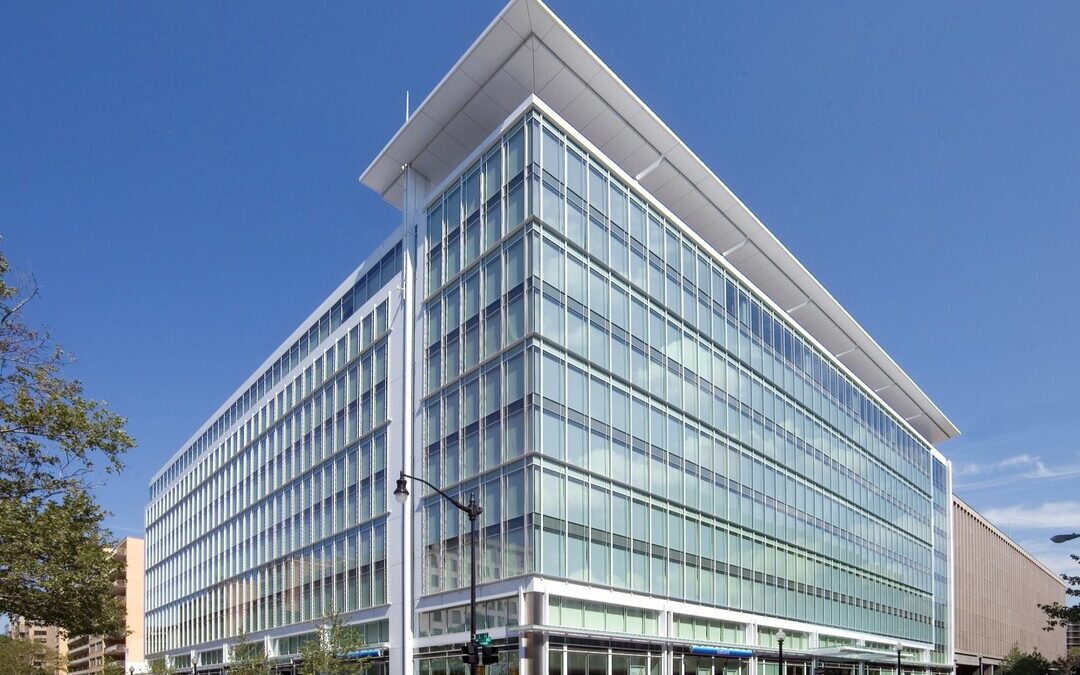Green Building Finance Gains Global Traction With LEED Integration
Green building finance is reshaping real estate investment, with LEED certifications driving global sustainable capital flows.
Green building finance is becoming a central pillar of sustainable investment, with more than 40 national taxonomies now recognizing real estate activities and many explicitly including the LEED certification as an eligibility tool, according to a new industry guide.
The “Green Building & Sustainable Finance Guide” highlights how green rating systems such as LEED are increasingly embedded into regulatory frameworks and capital market instruments, from green bonds to sustainability-linked loans.
The report highlights that the built environment, accounting for nearly 40 percent of global carbon emissions, is now a key focus for investors seeking measurable environmental impact.
“Bridging the gap between green building and finance is critical if we want to accelerate the transformation of markets,” said Peter Templeton, president and CEO of USGBC. “Sustainable finance tools reduce the cost of capital for resilient, low-carbon buildings and provide investors with the clarity and accountability they demand.”
Growing Investor Demand
Investor appetite remains strong despite economic headwinds. A recent survey cited in the guide shows that 88 percent of investors globally express interest in sustainable investing, including nearly all Gen Z and millennial investors.
Confidence in verified performance was the top reason nearly 60 percent of investors said they plan to increase their sustainable allocations in the following year.
“Green building is well-positioned to deliver on investor expectations,” Templeton said. “When investors see independent certification and verified outcomes, it gives them the confidence to channel more capital into the sector.”
Scale of Capital at Stake
The report maps out how capital markets intersect with real estate. Commercial property investments globally account for trillions of dollars in equity and debt, including $1.8 trillion in private equity, $1.1 trillion in public equity through REITs, $3.8 trillion in private debt such as mortgages and $1.7 trillion in public debt tied to commercial mortgage-backed securities.
Given the scale, USGBC argues that even modest shifts toward certified green buildings can redirect vast sums of money into projects that reduce emissions, mitigate risks, and enhance resilience through green building finance.
Financing Mechanisms on the Rise
Several financing models are gaining traction for retrofitting or building energy-efficient assets.
Property Assessed Clean Energy financing, for example, allows property owners to fund improvements through property tax assessments, with cumulative loans growing steadily across U.S. markets.
Energy Savings Performance Contracts have already delivered about $8 billion worth of improvements to U.S. federal facilities since 1998 and are expanding internationally.
The guide also highlights the rapid growth of energy-as-a-service, a model valued at $74.4 billion in 2024 and projected to grow by more than 12 percent annually through 2030.
Certification as Investment Milestone
USGBC emphasizes that LEED certification itself is now viewed as a key milestone in real estate investment. It offers third-party verified data across design, construction, and operations, helping investors reduce due diligence costs while ensuring performance alignment.
“Certifications like LEED and tools like PERFORM are essential for providing transparency and accountability across the building value chain,” Templeton said. “They help owners, tenants, lenders, and regulators align on what success looks like.”
From Brown Discounts to Green Premiums
The guide frames green building not only as a sustainability imperative but also a financial one. Certified assets can capture “green premiums” in higher valuations and rental yields, while lagging properties risk “brown discounts” as cities impose stricter efficiency mandates.
“As more capital flows through sustainable finance instruments, buildings that demonstrate real performance will have access to better financing terms,” Templeton said, adding that the growth of green building finance could reshape investor expectations across the property sector.
Also Read:
USGBC Launches LEED v5 to Boost Building Sustainability and Resilience
Nirmal Menon
Related posts

Subscribe
Error: Contact form not found.


